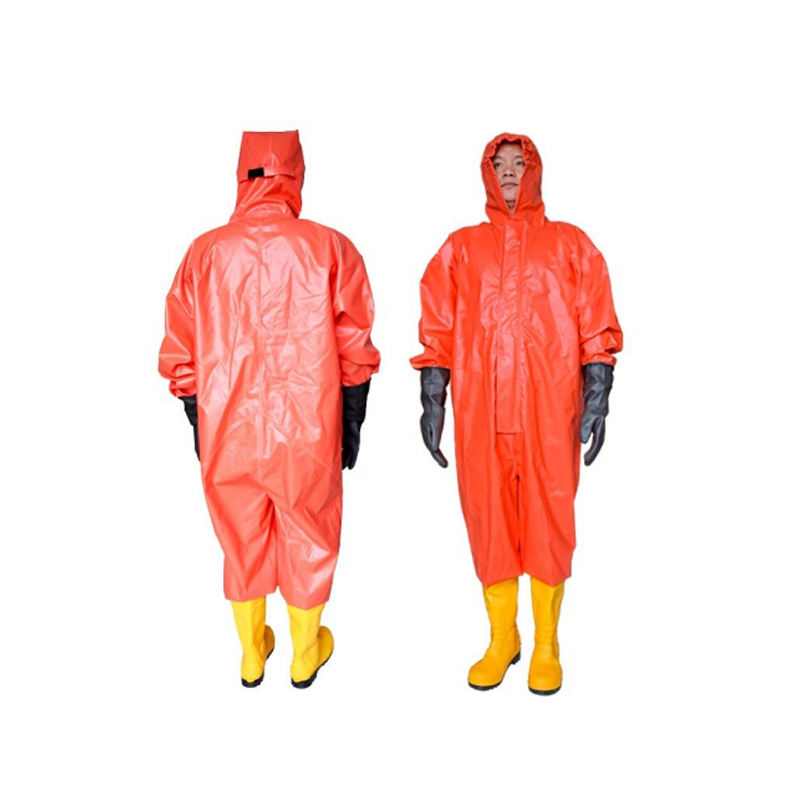TZL30A XHZLC40 XHZLC60 Fire Self-rescue Respirator
Cat:Fire Escape Mask
The TZL30A XHZLC40 XHZLC60 Fire Escape Respirator is an advanced personal protective device designed to safeguard individuals during fire emergencies ...
See DetailsSemi-closed chemical suits are often designed with passive ventilation features, which are integral to maintaining a balance between protection and wearer comfort. These suits typically incorporate strategically placed vents or breathable panels that allow for the natural circulation of air within the suit. The passive ventilation system works by enabling warm air generated by the wearer’s body to escape while simultaneously preventing the ingress of hazardous chemicals from the external environment. This design ensures that, while the suit is not fully sealed, it still provides a robust barrier against harmful substances, maintaining safety standards without compromising on comfort.
Some semi-closed chemical suits are constructed from advanced air-permeable materials that have been engineered to resist chemical penetration while allowing for the gradual exchange of air. These materials are designed with microporous structures that enable the suit to "breathe," allowing heat and moisture to dissipate effectively. This air permeability is crucial in preventing the accumulation of heat within the suit, which can lead to discomfort or even heat stress. Despite their permeability, these materials maintain high chemical resistance, ensuring that the wearer is protected from potential exposure to hazardous substances.
To further enhance comfort and temperature regulation, many semi-closed chemical suits are lined with moisture-wicking fabrics. These linings are designed to actively draw perspiration away from the skin, distributing it across the fabric where it can evaporate more efficiently. By managing sweat in this way, moisture-wicking linings help to reduce the sensation of dampness and overheating, keeping the wearer dry and comfortable even during extended periods of use. This feature is particularly important in maintaining the microclimate within the suit, ensuring that the internal environment remains stable and conducive to sustained physical activity.
In response to the challenges posed by high-temperature environments, some semi-closed chemical suits are equipped with integrated cooling systems. These systems may include cooling vests or tubing networks that circulate cool air or liquid within the suit. For instance, a cooling vest can be worn underneath the suit, providing active temperature control by absorbing and dissipating excess body heat. This technology is particularly valuable in situations where the risk of heat stress is high, offering a proactive solution to managing the wearer’s thermal load while maintaining the suit’s protective integrity. Such systems are often adjustable, allowing the user to regulate the level of cooling based on their specific needs and the external conditions.
Another feature that enhances the ventilation system in semi-closed chemical suits is the inclusion of controlled openings or flaps. These are designed to be adjustable, allowing the wearer to manually regulate the amount of airflow into the suit. Controlled openings provide flexibility, enabling the user to increase ventilation when needed, such as in situations where physical exertion raises body temperature. Importantly, these openings are engineered to ensure that even when they are in use, they do not compromise the suit's overall protective capability. The ability to adjust these openings based on environmental conditions and personal comfort levels provides an additional layer of customization, making the suit more adaptable to a variety of operational scenarios.
PVC Material Chemical Proof Suits
